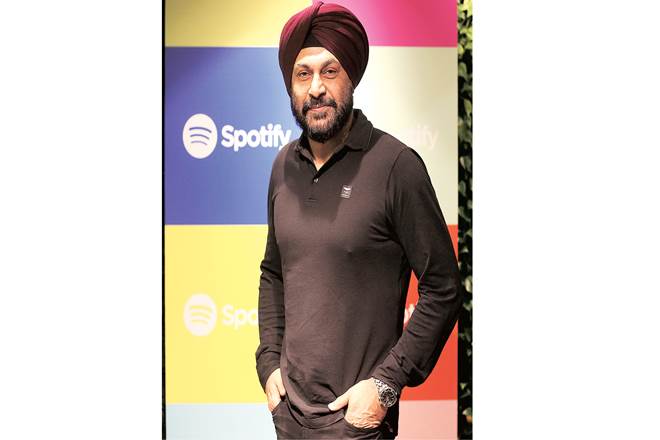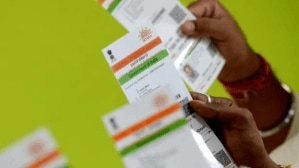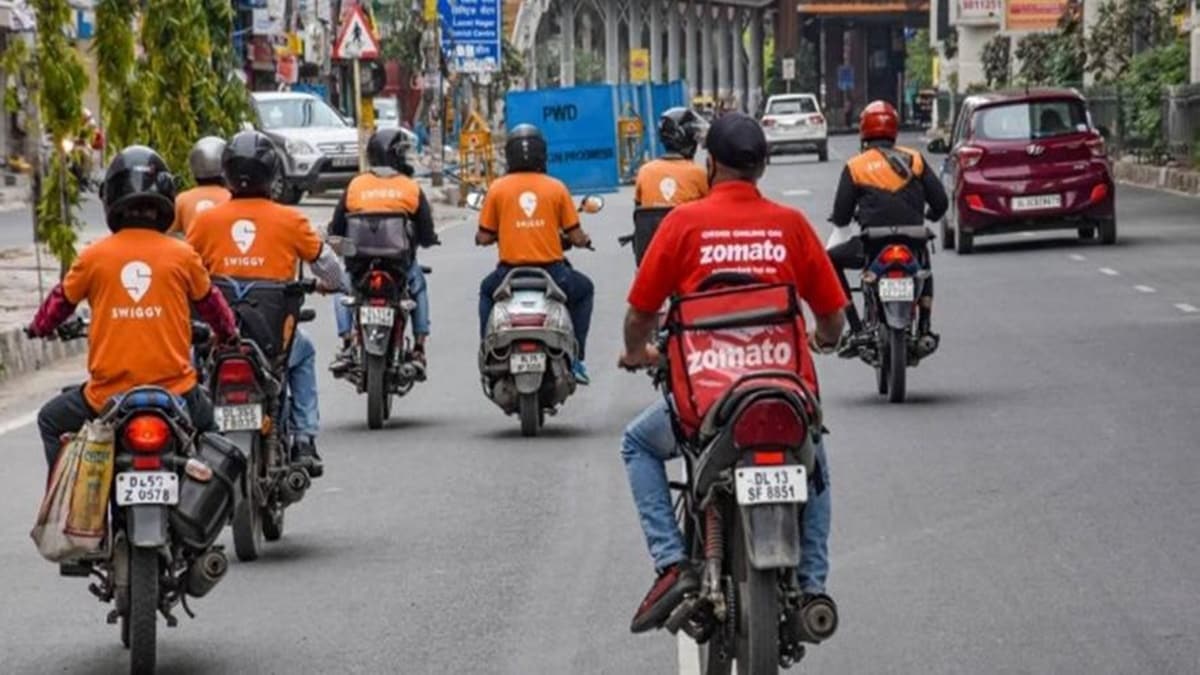By Venkata Susmita Biswas
The most recent entrant in the music streaming space, Spotify, is trying to woo Indian listeners with custom playlists, subscription packs and a lighter version of the app. But will these offerings make up for its late arrival in this market? Amarjit Batra talks to Venkata Susmita Biswas about Spotify’s India-centric plans, piracy and advertising formats.
Competition in the music streaming market is intense, with multiple players and smart speakers that have their own music repository. Where does the just-arrived Spotify stand?
We are available on 500 products across 200 hardware brands including Google Home and Amazon Echo. Apart from this, we are looking at moments when people would want to listen to music. For example, we have an integration with Google Maps whereby people can listen to music via Google Maps. Spotify is also available on Xbox and PS4. Additionally, we have a tie-up with Tinder which allows users to match profiles based on their music preferences. For the Indian market in particular, we have introduced Spotify Lite for cheaper phones that works on 2G. While it may look like we are late, we feel we have entered the market at the right time. We are seeing very high traction and stickiness on the platform.
Also read: Alcohol, tobacco, e-cigarettes to be restricted on Instagram, Facebook
Spotify rolled out a launch campaign and then another one soon after. Did the first one not create enough buzz?
The first one was a launch campaign for the Indian market, which is the 79th for Spotify. While entering India and making the app available for everyone is one thing, reaching all of India is not as easy. The first step was to introduce ourselves to the market, and establish that Spotify is available in India. We communicated our strongest feature, which is making playlists, largely to people who had already heard of Spotify or had tried it when they travelled out of the country. The first campaign was not a mass one; we mainly used digital, social media, radio and outdoor media for it. The latest one featuring Anil Kapoor and Ishaan Khatter is about expanding our audience and going after users who have not tried music streaming yet. This is a larger awareness-building campaign.
How will you tap tier I, II and III towns, considering the rampant piracy there?
Piracy is a huge concern. A large portion of people still have the tendency to resort to piracy for music. A service like Spotify which has a fantastic UI, wide selection of songs, strong recommendation engine, and ease of use should be able to move users from piracy to paid or, at the very least, streaming.
We have identified that music consumption in India is dominated by film music, independent music, and a significant chunk of people listen to international music. In general, the share of local music consumption is around 70-90%. Therefore, our ad campaign showcases Indian music and the variety that Spotify offers. The campaign is being dubbed in Telugu and Marathi, and reaches out to tier I, II and III audiences, apart from the metros .
How are you approaching marketers? We don’t hear many ads on Spotify.
We have multiple ad formats — audio, video, banner ads and podcasts, where we offer brand integrations. Advertising on Spotify is not highly intrusive. We are not bombarding consumers with ads; that keeps them happy and gives brands a higher share of voice.
Additionally, since we started just four months back, we have restrained ourselves from all-out advertising. We have opened up a bit now and are getting quality advertisers on the platform. We are talking to them to understand their needs, and what they know and don’t know about audio advertising. Then we will tailor our solutions for them. We don’t want to copy-paste what we do globally in the Indian market.
How does Spotify plan to grow subscriptions from the Indian market?
Globally, 100 million of the 217 million Spotify users pay for music. In the music space, we are seeing trends similar to what happened in the video OTT space a few years back. The challenge with music is that most of the content is available illegally for free. The big shift we are hoping to drive is to get people to listen to music on one service. Once people get into that habit, and desire to have music available to them offline, we expect them to start paying.








